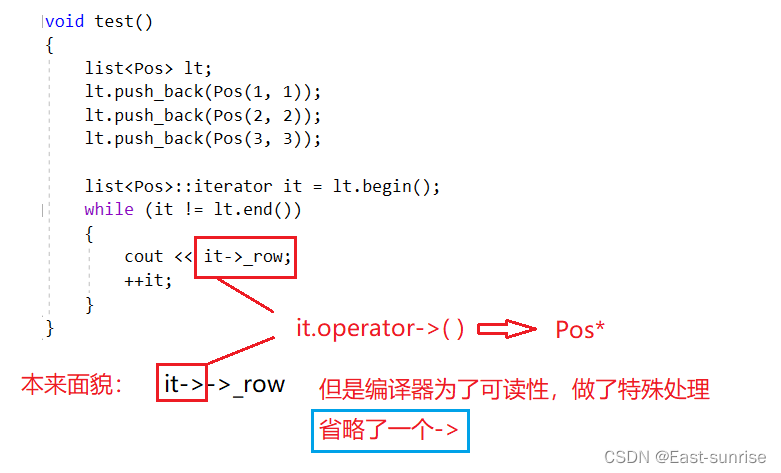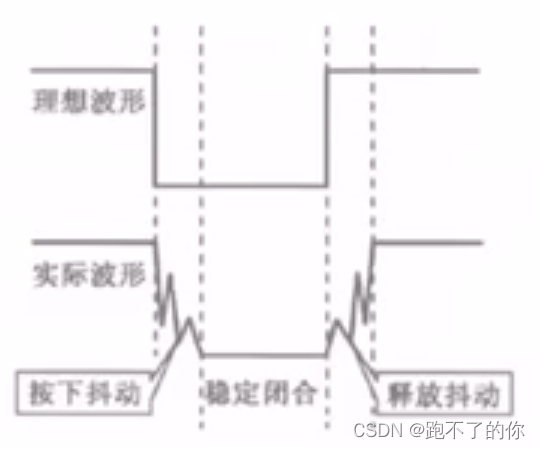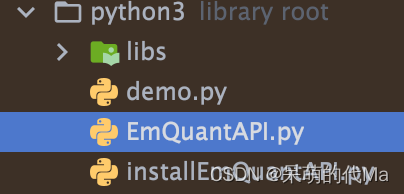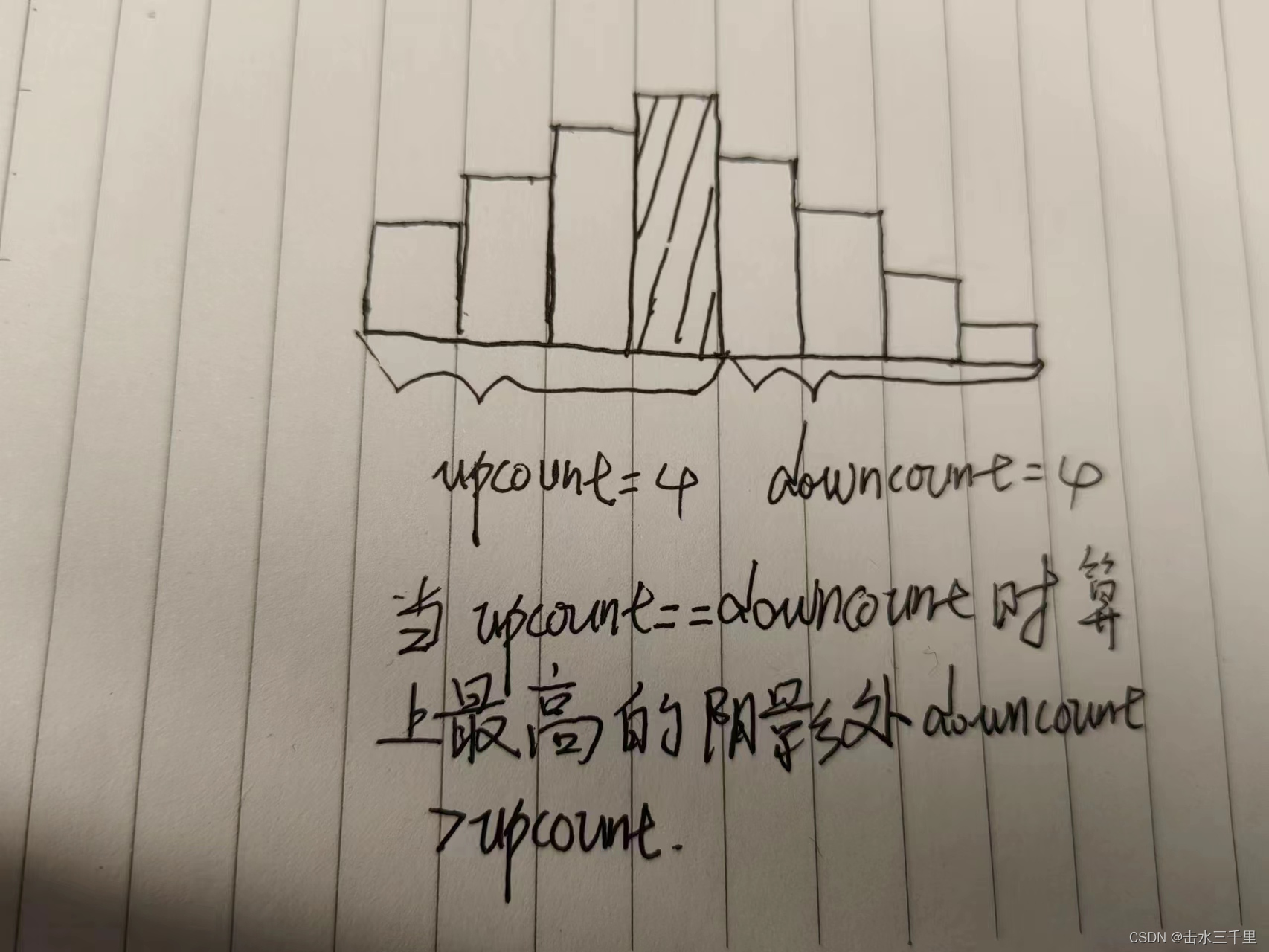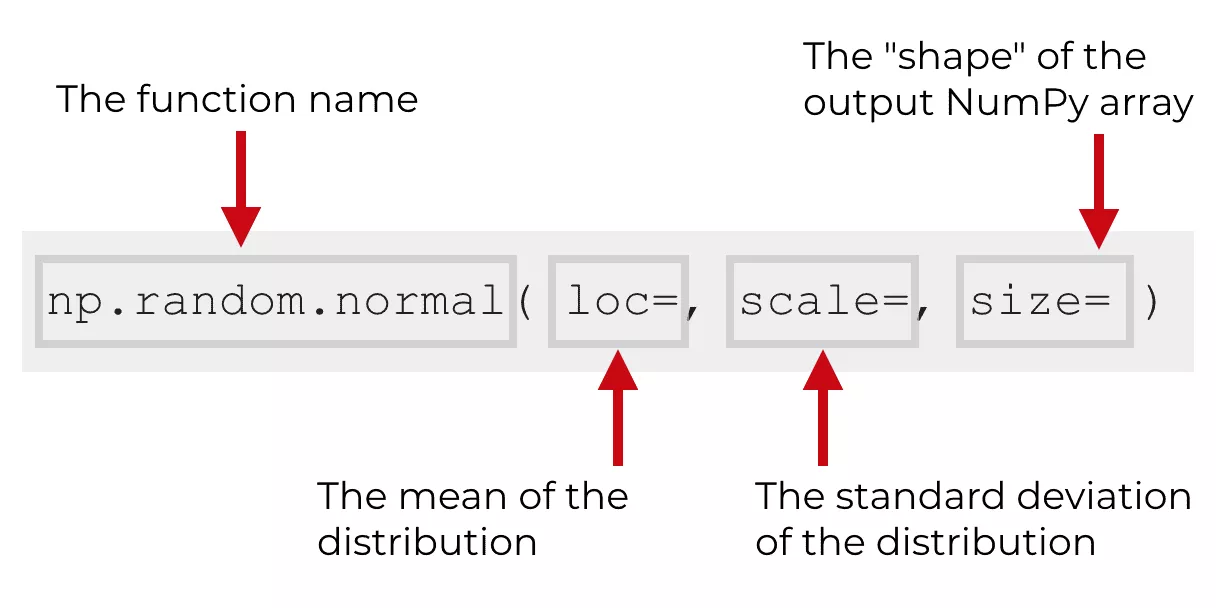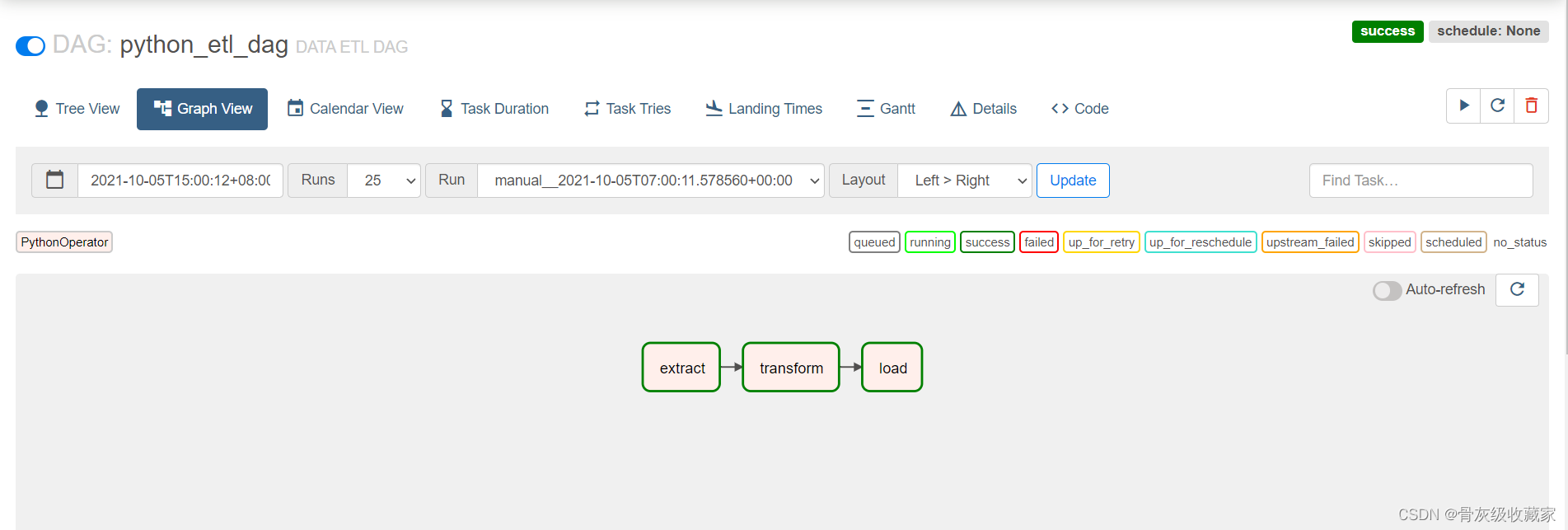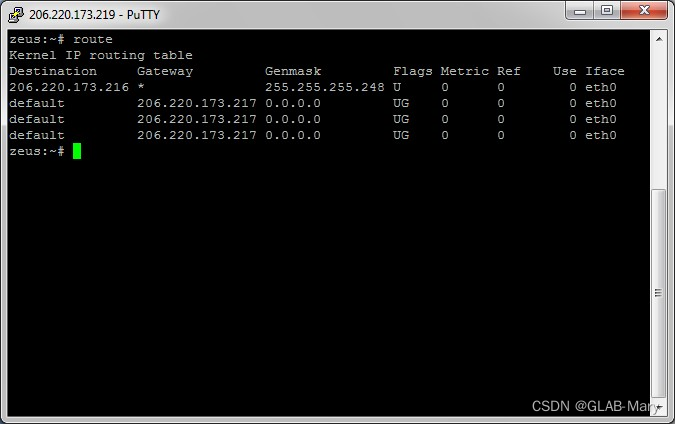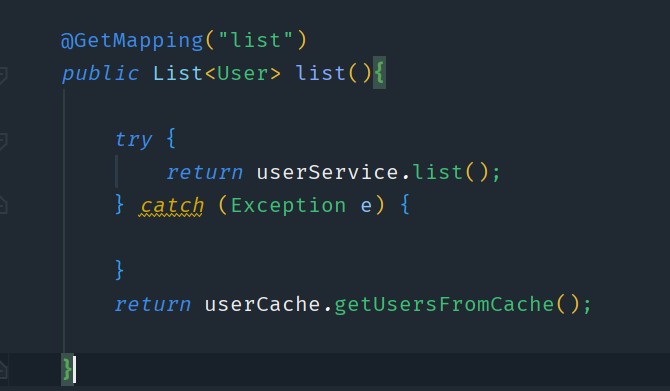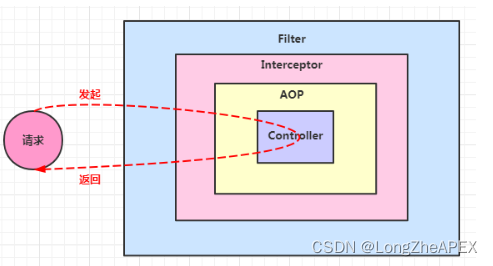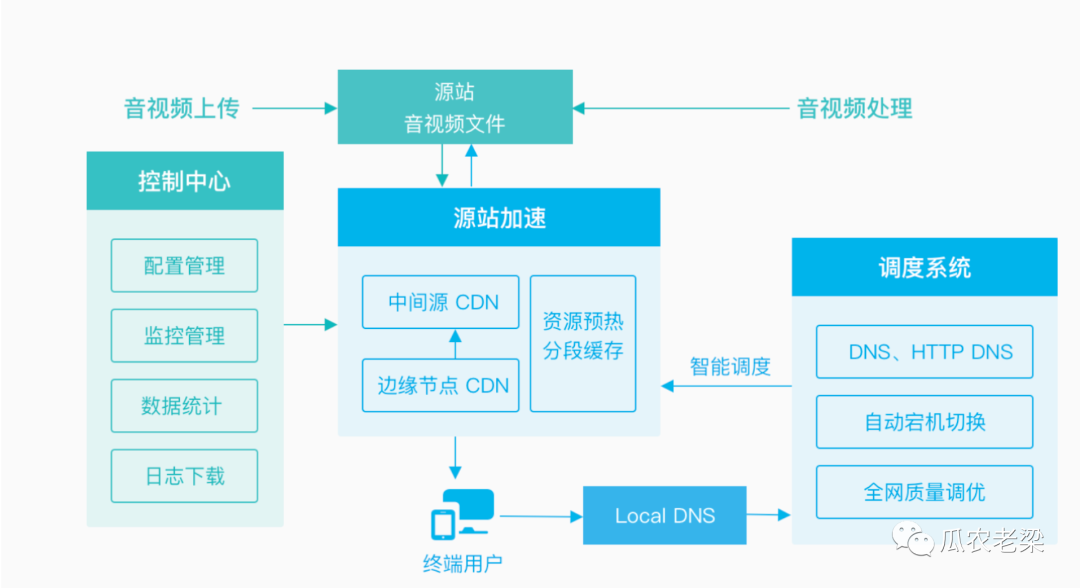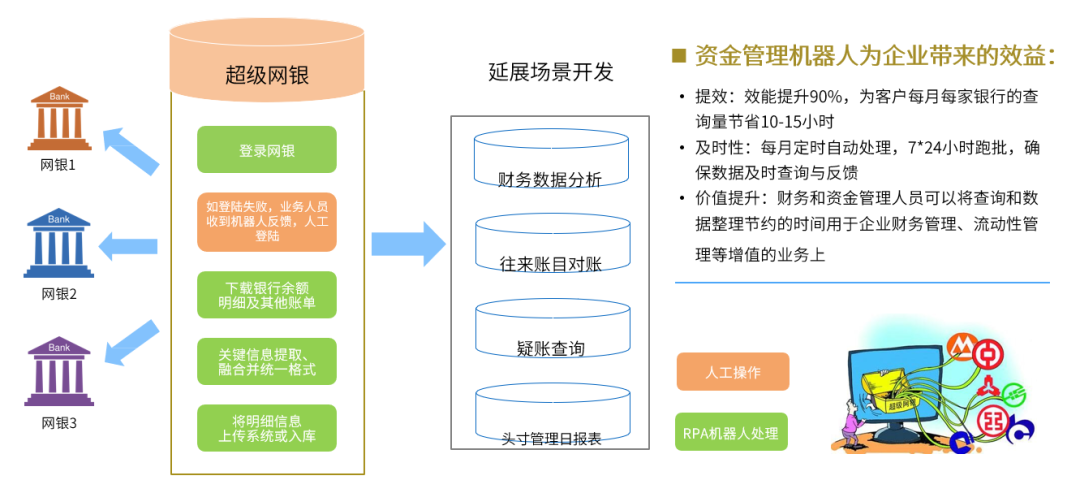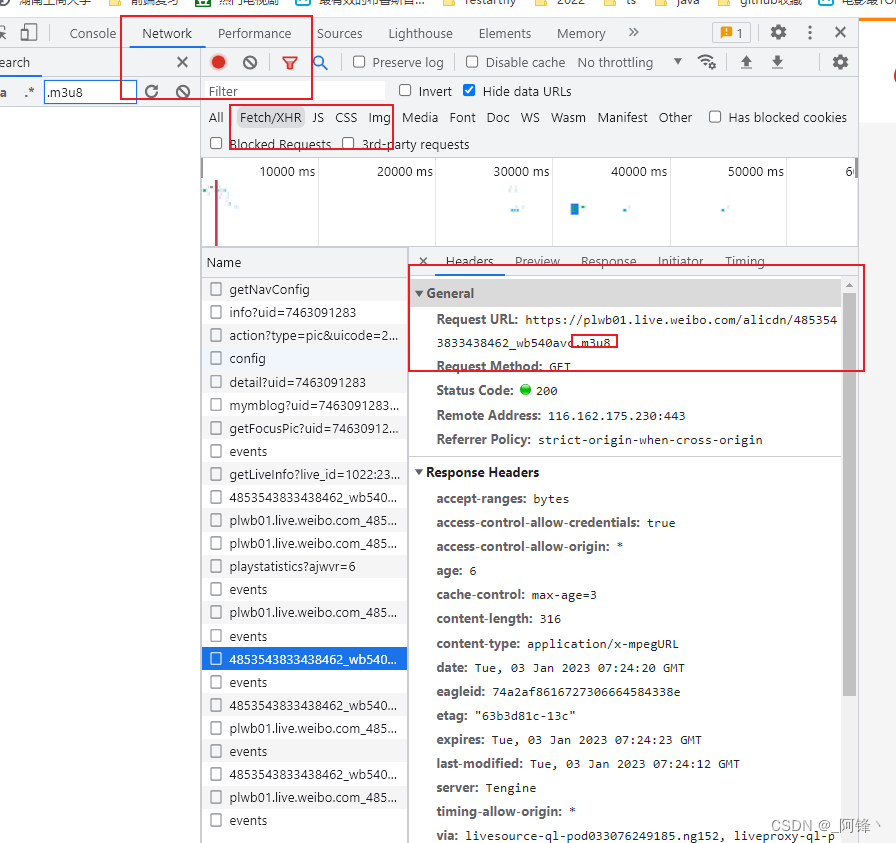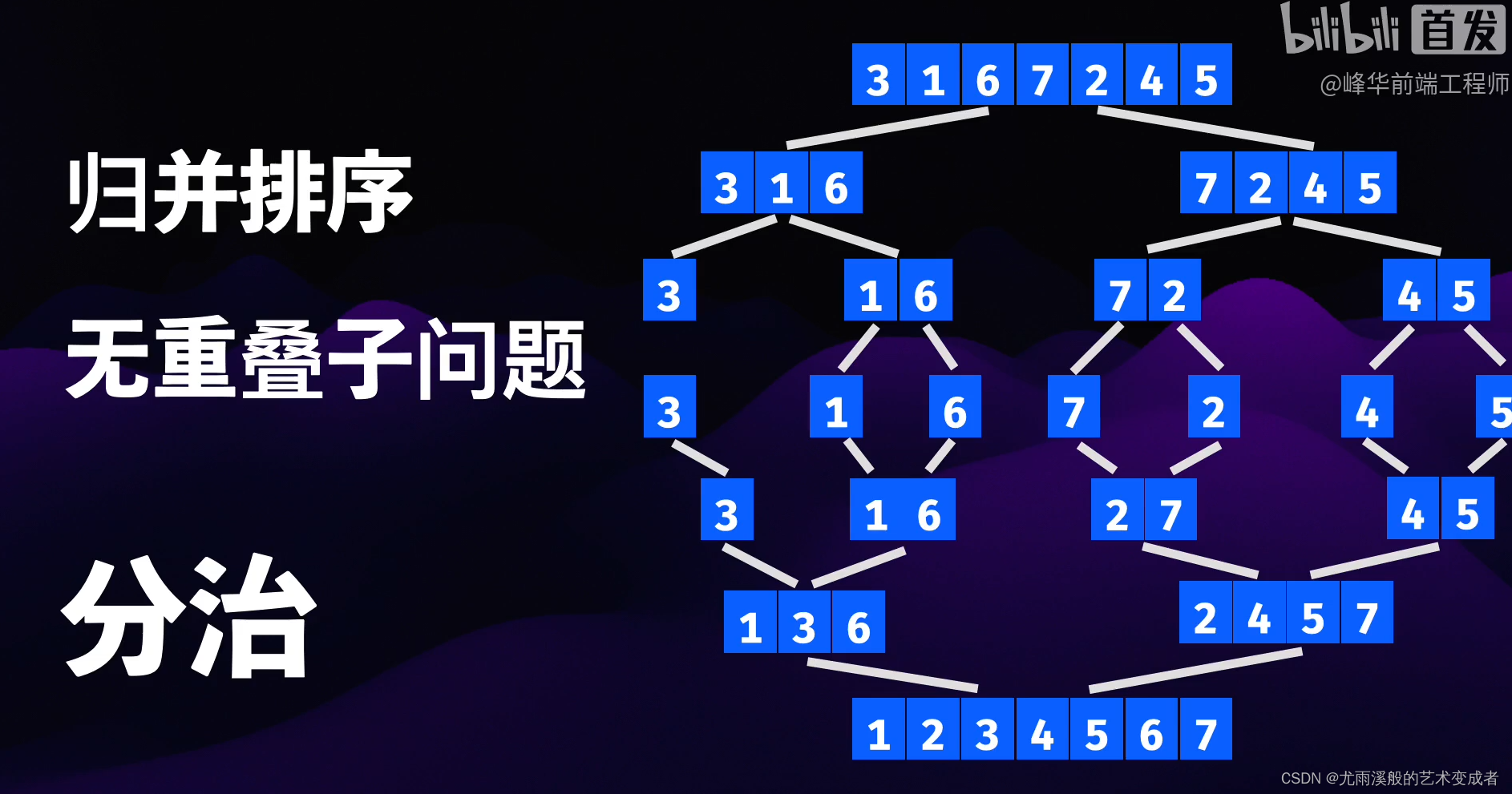文章目录
- 前言
- 何为JUnit?
- 官方资料
- JUnit4
- 常用注解和断言
- 代码测试搭建一个JUnit测试环境
- 生命周期
- 忽略测试
- 断言测试
- 异常测试
- 测试时间
- 套件测试
- JUnit5
- JUnit5对比JUnit4的好处
- 导包的改变
- 注解的改变
- 扩展JUnit
- 新功能:
- 参考文章
JUnit是Java编程语言的单元测试框架,用于编写和运行可重复的自动化测试,也是当下主流的Java测试框架
前言
如果有对单元测试还不熟悉的小伙伴可以看一下我的这篇文章——浅谈单元测试,本文我们主要针对JUnit 来讲解Java中的常用单元测试关于JUnit4和5的区别可以参考这篇文章,从JUnit 4迁移到JUnit 5:重要的区别和好处。
何为JUnit?
JUint是Java编程语言的单元测试框架,用于编写和运行可重复的自动化测试
JUnit的好处(来自百度百科):
-
简单易用:JUnit 的 API 非常简单,开发人员可以轻松地编写和执行单元测试。
-
可维护:单元测试是可重复执行的,因此在修改代码时,可以通过运行单元测试来确保修改后的代码不会破坏已有的功能。
-
可扩展:JUnit 提供了一些扩展点,使开发人员可以根据自己的需要扩展它。
-
可集成:JUnit 可以与大多数流行的 Java IDE 和构建工具集成,开发人员可以在开发过程中轻松地执行单元测试。
-
社区支持:JUnit 拥有庞大的用户群和开发团队,因此如果遇到问题,可以得到很好的帮助。
官方资料
学习一个东西,最好的办法就是去看官方文档:

junit4官网
junit5官网
下面我根据官网和自己常用测试,来讲解JUnit
JUnit4
常用注解和断言
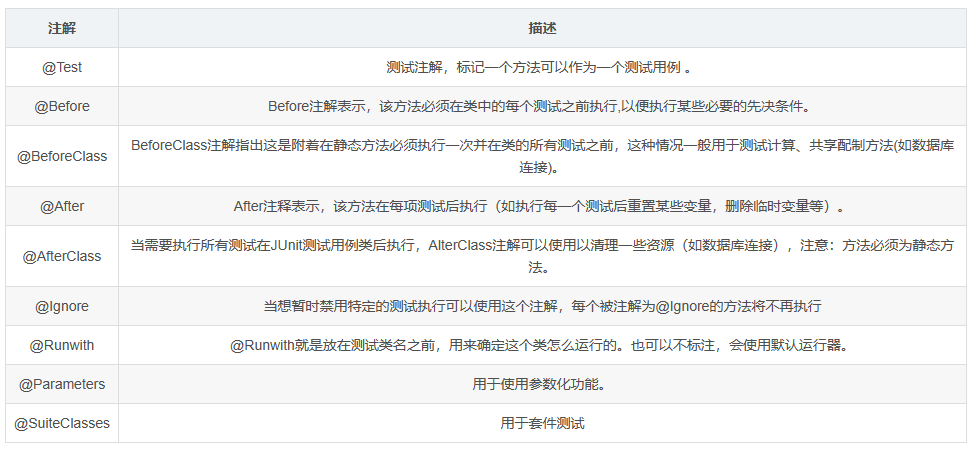
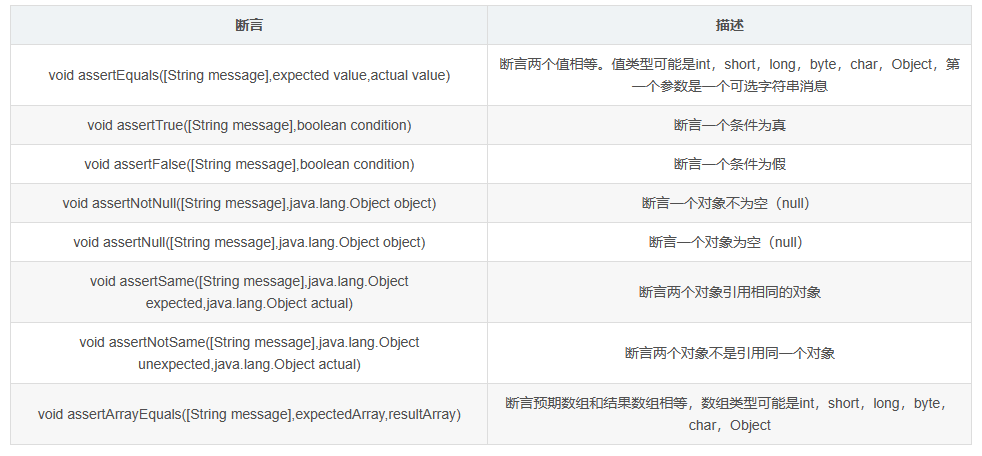
代码测试搭建一个JUnit测试环境
这是一个springboot项目,为了后续的SpringBoot2+H2+Mockito测试,读者也可以做一个maven项目
项目搭建:
maven包引入
<dependency>
<groupId>junit</groupId>
<artifactId>junit</artifactId>
<version>4.12</version>
<scope>test</scope>
</dependency>
完整pom.xml
<?xml version="1.0" encoding="UTF-8"?>
<project xmlns="http://maven.apache.org/POM/4.0.0" xmlns:xsi="http://www.w3.org/2001/XMLSchema-instance"
xsi:schemaLocation="http://maven.apache.org/POM/4.0.0 https://maven.apache.org/xsd/maven-4.0.0.xsd">
<modelVersion>4.0.0</modelVersion>
<parent>
<groupId>org.springframework.boot</groupId>
<artifactId>spring-boot-starter-parent</artifactId>
<version>2.7.7</version>
<relativePath/> <!-- lookup parent from repository -->
</parent>
<groupId>com.example</groupId>
<artifactId>test</artifactId>
<version>0.0.1-SNAPSHOT</version>
<name>test</name>
<description>test</description>
<properties>
<java.version>17</java.version>
</properties>
<dependencies>
<dependency>
<groupId>org.springframework.boot</groupId>
<artifactId>spring-boot-starter</artifactId>
</dependency>
<dependency>
<groupId>org.projectlombok</groupId>
<artifactId>lombok</artifactId>
<optional>true</optional>
</dependency>
<dependency>
<groupId>org.springframework.boot</groupId>
<artifactId>spring-boot-starter-test</artifactId>
<scope>test</scope>
</dependency>
<dependency>
<groupId>junit</groupId>
<artifactId>junit</artifactId>
<version>4.12</version>
<scope>test</scope>
</dependency>
</dependencies>
<build>
<plugins>
<plugin>
<groupId>org.springframework.boot</groupId>
<artifactId>spring-boot-maven-plugin</artifactId>
<configuration>
<excludes>
<exclude>
<groupId>org.projectlombok</groupId>
<artifactId>lombok</artifactId>
</exclude>
</excludes>
</configuration>
</plugin>
</plugins>
</build>
</project>
测试@Test
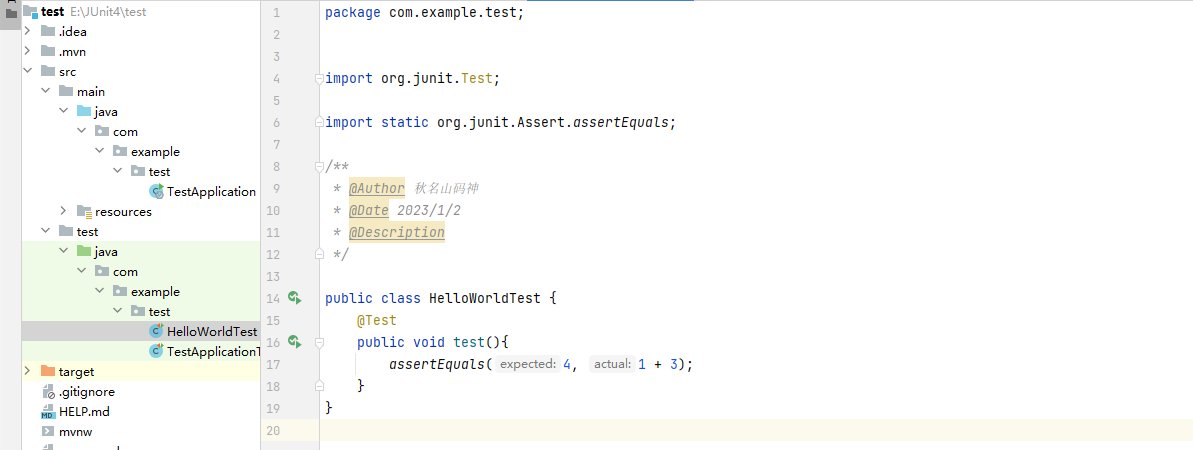
package com.example.test;
import org.junit.Test;
import static org.junit.Assert.assertEquals;
/**
* @Author 秋名山码神
* @Date 2023/1/2
* @Description
*/
public class HelloWorldTest {
@Test
public void test(){
assertEquals(4, 1 + 3);
}
}
执行结果:

@Test注解在方法上标记方法为测试方法,以便构建工具和 IDE 能够识别并执行它们。JUnit 4 需要测试方法为public,这和Junit 5 有差别。
生命周期
@Before,@BeforeClass,@After,@AfterClass

package com.example.test;
import org.junit.*;
/**
* @Author 秋名山码神
* @Date 2023/1/2
* @Description
*/
public class LifeCycleTest {
@BeforeClass
public static void beforeClass() {
System.out.println("in before class");
}
@AfterClass
public static void afterClass() {
System.out.println("in after class");
}
@Before
public void before() {
System.out.println("in before");
}
@After
public void after() {
System.out.println("in after");
}
@Test
public void testCase1() {
System.out.println("in test case 1");
}
@Test
public void testCase2() {
System.out.println("in test case 2");
}
}

忽略测试
package com.example.test;
import org.junit.Test;
import org.junit.Ignore;
/**
* @Author 秋名山码神
* @Date 2023/1/2
* @Description
*/
public class IgnoreTest {
@Ignore
@Test
public void Ignore(){
System.out.println("IgnoreTest...");
}
}
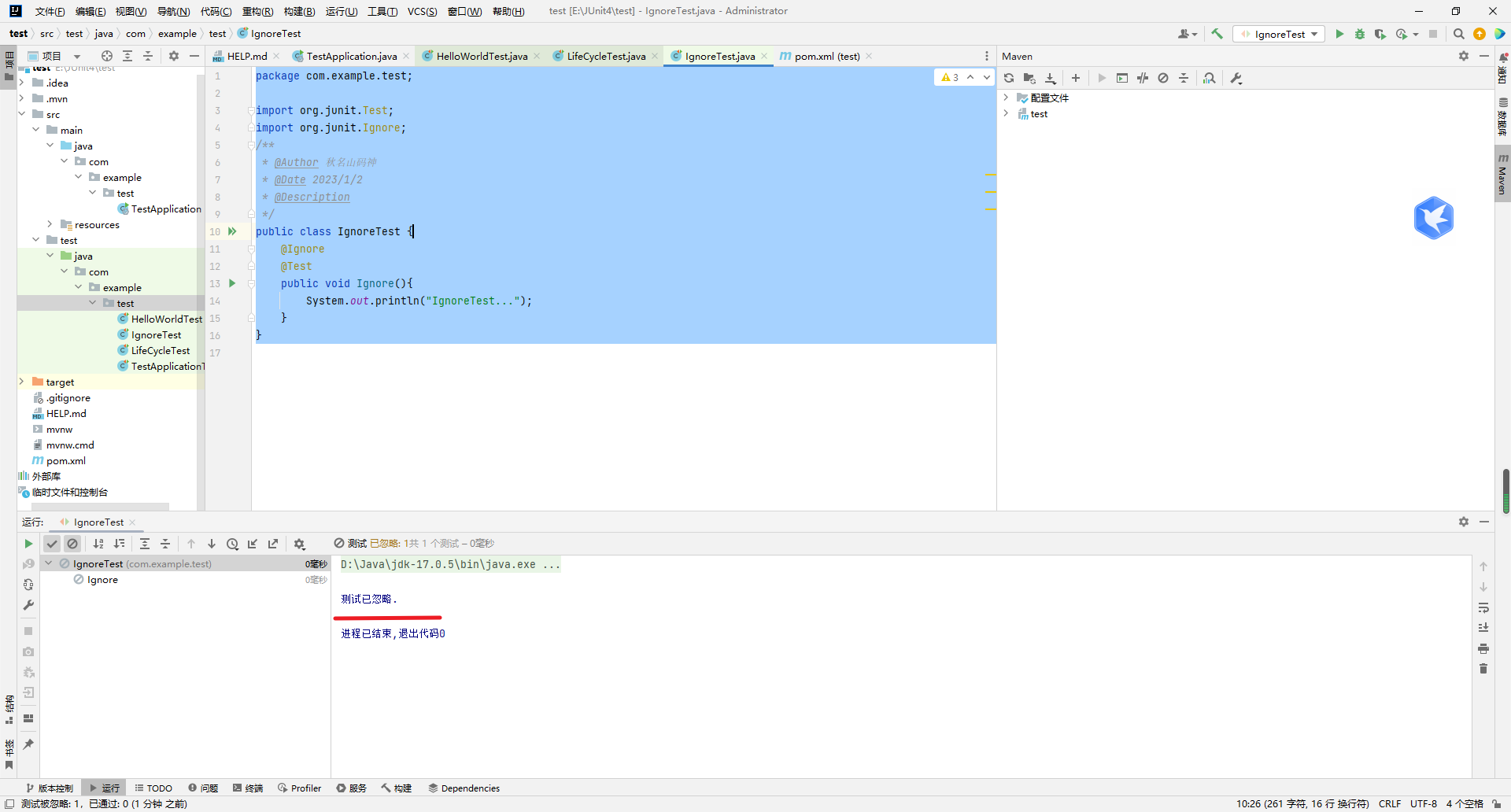
断言测试
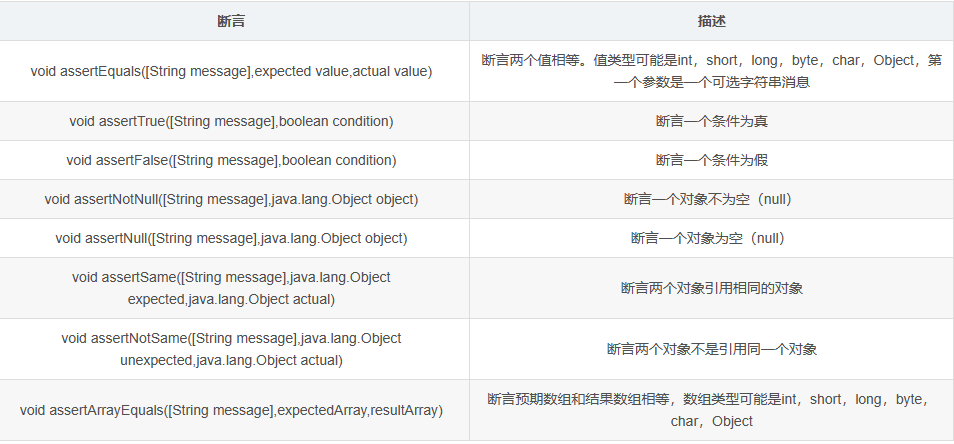
我们简单测试三个方法,后面的读者有兴趣可以自行测试,代码如下:
package com.example.test;
import org.junit.Assert;
import org.junit.Test;
/**
* @Author 秋名山码神
* @Date 2023/1/2
* @Description
*/
public class AssertionTest {
@Test
public void AssertionT(){
Assert.assertEquals(1,1);
Assert.assertTrue(true);
Assert.assertFalse(false);
}
}
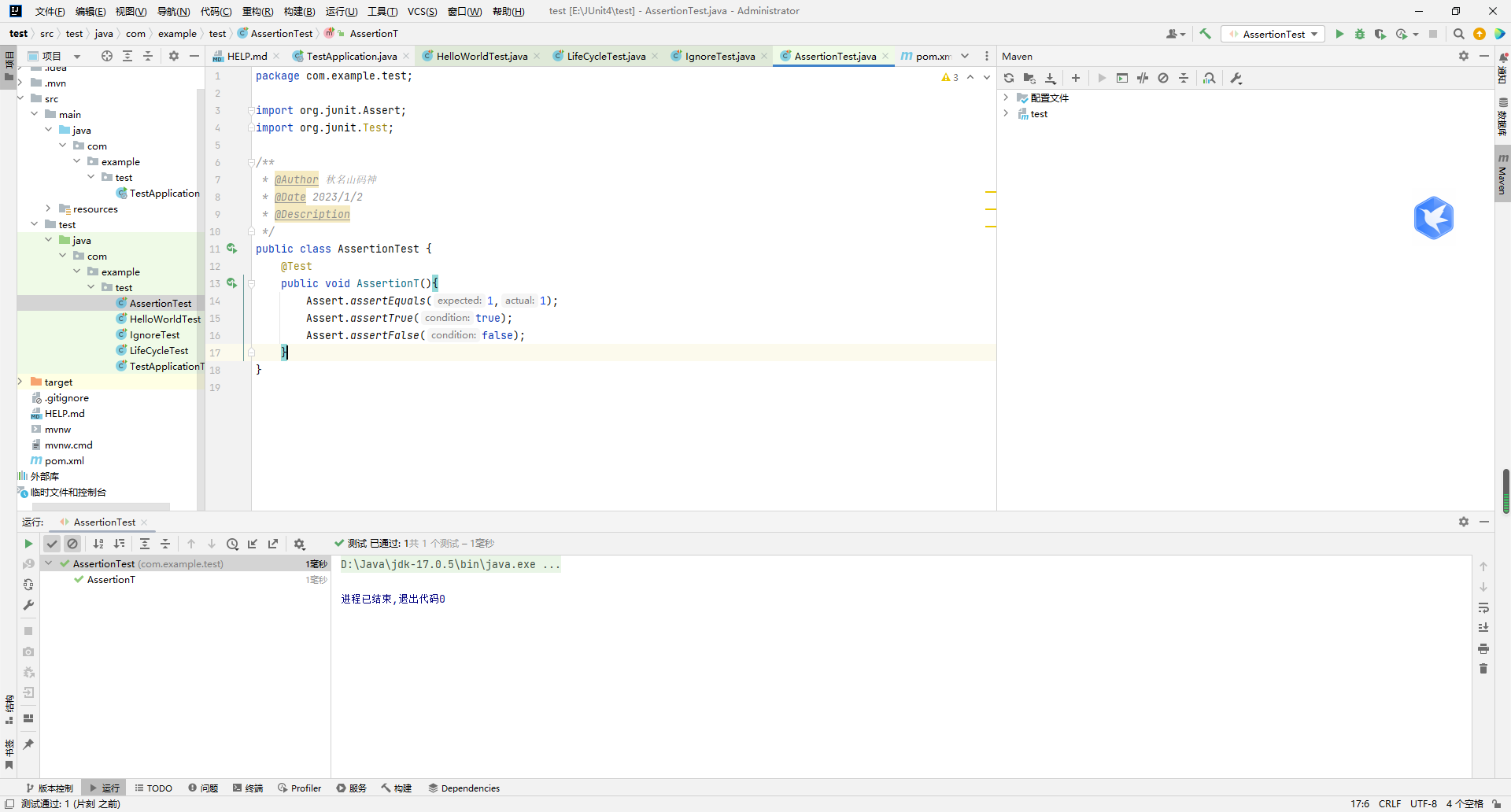
异常测试
@Test注解还提供了追踪异常的选择,expected 参数和 @Test 注释一起使用。
@Test(expected):用来指示期望抛出的异常类型。
如果有读者不知道Java中异常的类型可以参考我之前写过的这篇文章:java处理异常这一篇就够了
package com.example.test;
import org.junit.Test;
/**
* @Author 秋名山码神
* @Date 2023/1/2
* @Description
*/
public class AbnormalTest {
@Test(expected = NullPointerException.class)
public void Abnomal(){
int a = 0;
System.out.println(1/a);
}
}

测试时间
简单的来说,就是JUnit中提供了一个如果测试时间超时的时候,也默认是测试失败,这个时间我们可以自己指定,@Test(timeout)
package com.example.test;
import org.junit.Test;
import java.util.concurrent.TimeUnit;
/**
* @Author 秋名山码神
* @Date 2023/1/2
* @Description
*/
public class TimeTest {
@Test(timeout = 1000)
public void time() throws InterruptedException {
//time为毫秒
//暂停时间
TimeUnit.SECONDS.sleep(5000);
System.out.println("in timeout exception");
}
}
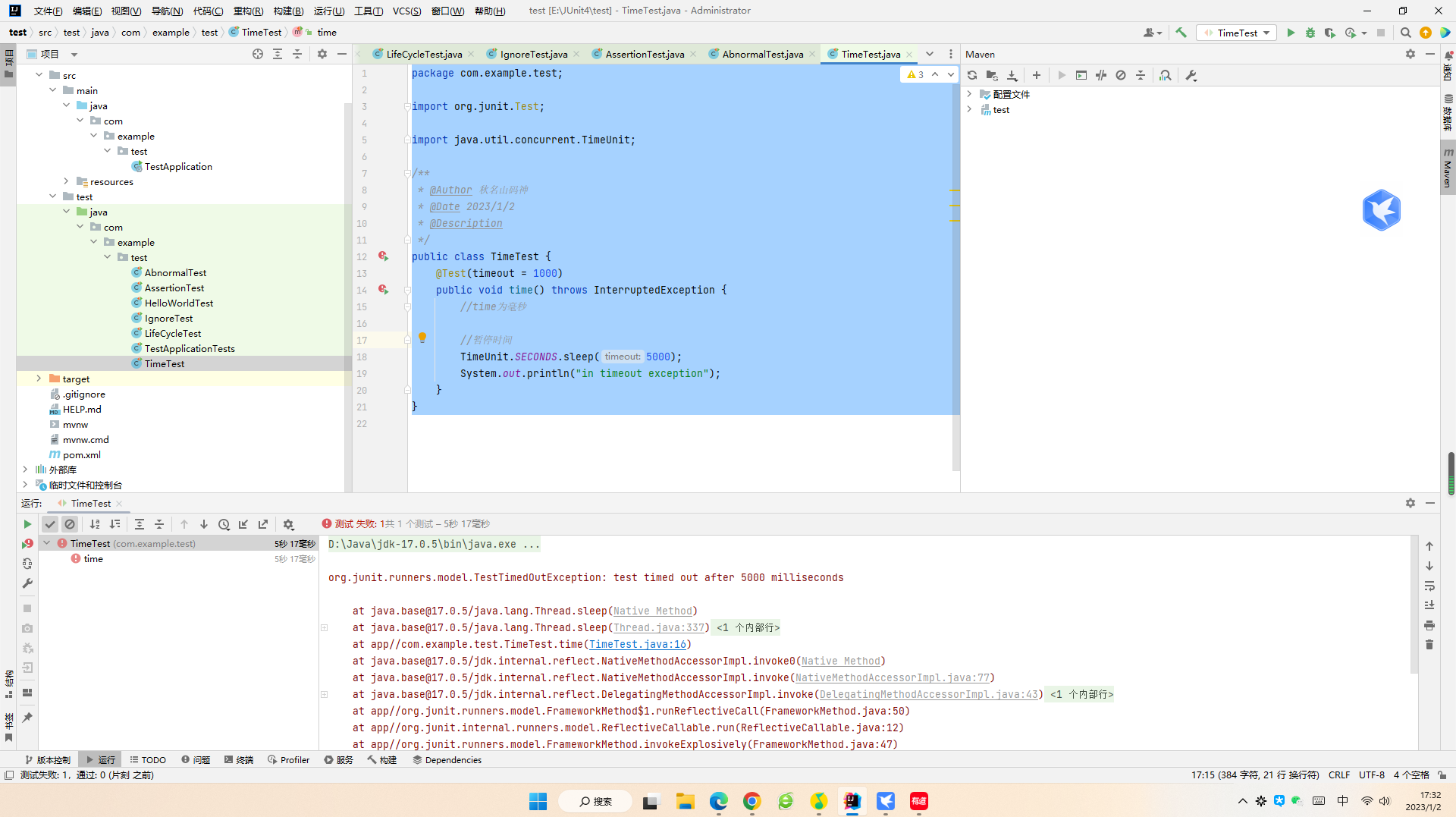
套件测试
指捆绑了几个单元测试用例并运行起来,JUnit中,@RunWith和@Suite是用来运行套件测试的
package com.example.test.kit;
import org.junit.Test;
/**
* @Author 秋名山码神
* @Date 2023/1/2
* @Description
*/
public class Test1 {
@Test
public void printMessage(){
System.out.println("Test1");
}
}
package com.example.test.kit;
import org.junit.Test;
/**
* @Author 秋名山码神
* @Date 2023/1/2
* @Description
*/
public class Test2 {
@Test
public void printMessage(){
System.out.println("Test2");
}
}
package com.example.test.kit;
import org.junit.runner.RunWith;
import org.junit.runners.Suite;
/**
* @Author 秋名山码神
* @Date 2023/1/2
* @Description
*/
@RunWith(Suite.class)
@Suite.SuiteClasses({
//此处类的配置顺序会影响执行顺序
Test1.class,
Test2.class
})
public class Test {
}
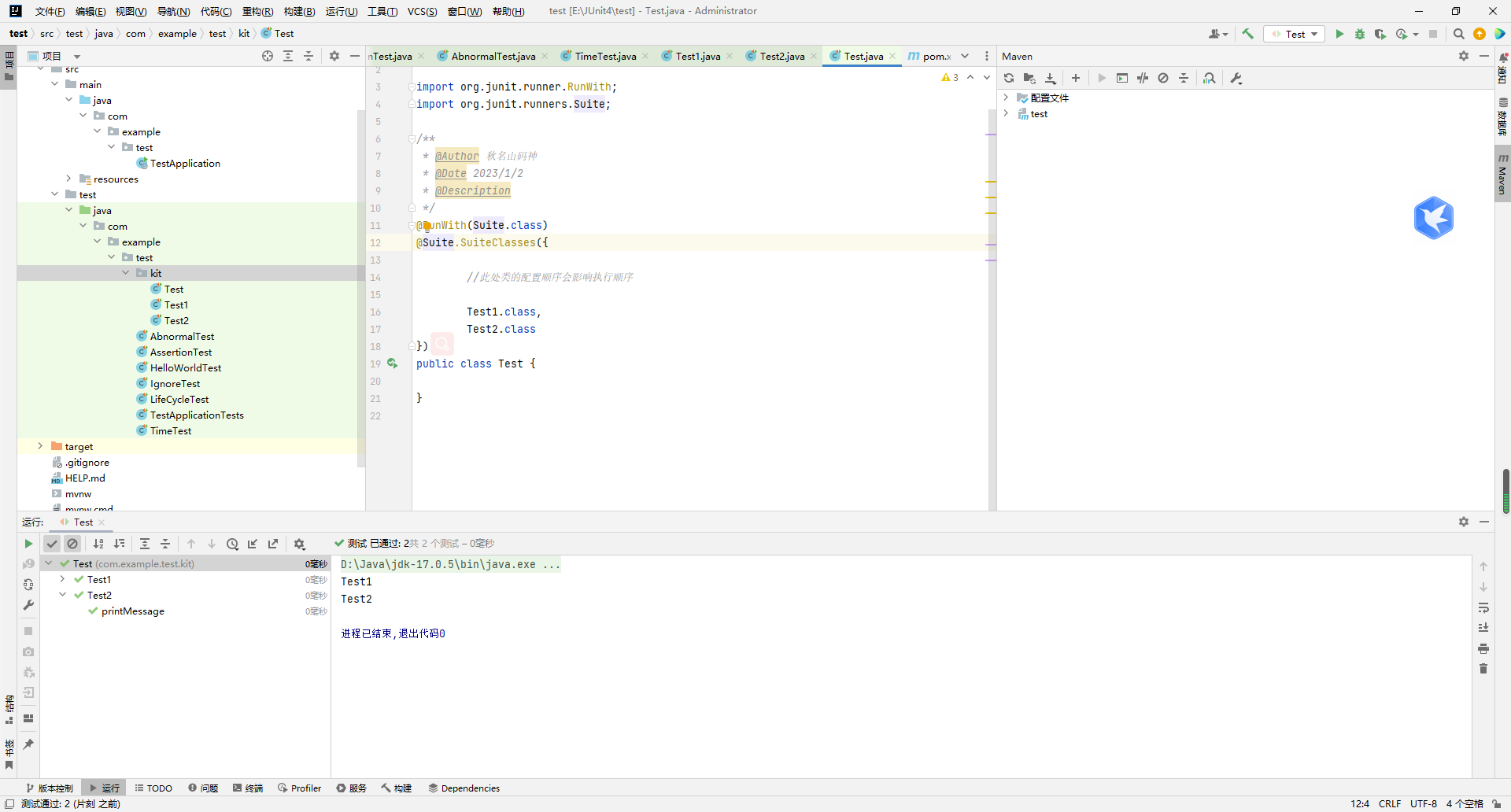
JUnit5
熟悉JUnit4,转变到JUnit5是十分容易的,并且JUnit 5可以使用Vintage库运行JUnit 4测试,这意味着对于JUnit4的项目你可以不用迁移测试,从而继续使用JUnit4的测试代码。
JUnit5对比JUnit4的好处
- JUnit 5利用了Java 8或更高版本的特性,例如lambda函数,使测试更强大,更容易维护。
- JUnit 5为描述、组织和执行测试添加了一些非常有用的新功能。例如,测试得到了更好的显示名称,并且可以分层组织。
- JUnit 5被组织成多个库,所以只将你需要的功能导入到你的项目中。通过Maven和Gradle等构建系统,包含合适的库很容易。
- JUnit 5可以同时使用多个扩展,这是JUnit 4无法做到的(一次只能使用一个runner)。这意味着你可以轻松地将Spring扩展与其他扩展(如你自己的自定义扩展)结合起来。
JUnit4 转变到JUnit5
- 将你的库和构建系统从JUnit 4更新到JUnit 5。确保在你的测试运行时路径中包含 junit-vintage-engine 工件,以允许你现有的测试执行。
- 使用新的JUnit 5构造开始构建新的测试。
- (可选)将JUnit测试用例转换为JUnit 5的测试用例。
导包的改变
maven改变:
<!-- https://mvnrepository.com/artifact/org.junit.jupiter/junit-jupiter-api -->
<dependency>
<groupId>org.junit.jupiter</groupId>
<artifactId>junit-jupiter-api</artifactId>
<version>5.9.1</version>
<scope>test</scope>
</dependency>
JUnit 5 使用新的 org.junit.jupiter 包。例如,org.junit.junit.Test变成了org.junit.jupiter.api.Test。
注解的改变

首先我们发现名称进行了改变,@Before变成了@BeforeEach等等……
其中@Test还将不再支持参数,这意味这JUnit4中,@Test(expected = Exception.class),不再支持,替换为:
@Test(expected = Exception.class)
public void testThrowsException() throws Exception {
// ...
//4
}
@Test
void testThrowsException() throws Exception {
Assertions.assertThrows(Exception.class, () -> {
//...
//5
});
}
扩展JUnit
在JUnit5中提供了@ExtendWith 注解,是可重复的,例如在JUnit4中添加Spring框架构建测试:
@RunWith(SpringJUnit4ClassRunner.class)
public class MyControllerTest {
// ...
}
而在JUnit5中:
@ExtendWith(SpringExtension.class)
class MyControllerTest {
// ...
}
新功能:
显示名称。使用JUnit 5,你可以在类和方法中添加@DisplayName注释。这个名称在生成报告时使用,这使得描述测试的目的和追踪失败更容易,比如说:
@DisplayName("Test MyClass")
class MyClassTest {
@Test
@DisplayName("Verify MyClass.myMethod returns true")
void testMyMethod() throws Exception {
// ...
}
}
断言:
断言。JUnit 5引入了一些新的断言,比如以下这些:
assertIterableEquals()使用equals()对两个迭代项进行深度验证。
assertLinesMatch()验证两个字符串列表是否匹配;它接受期望参数中的正则表达式。
assertAll() 将多个断言分组在一起。附加的好处是所有的断言都会被执行,即使单个断言失败。
assertThrows()和 assertDoesNotThrow()取代了 @Test 注释中的预期属性。
嵌套测试。JUnit 4中的测试套件是很有用的,但JUnit 5中的嵌套测试更容易设置和维护,它们能更好地描述测试组之间的关系,比如说:
@DisplayName("Verify MyClass")
class MyClassTest {
MyClass underTest;
@Test
@DisplayName("can be instantiated")
public void testConstructor() throws Exception {
new MyClass();
}
@Nested
@DisplayName("with initialization")
class WithInitialization {
@BeforeEach
void setup() {
underTest = new MyClass();
underTest.init("foo");
}
@Test
@DisplayName("myMethod returns true")
void testMyMethod() {
assertTrue(underTest.myMethod());
}
}
}
测试的参数化
测试参数化在JUnit 4中就已经存在,有内置的库如JUnit4Parameterized或第三方库如JUnitParams等。在JUnit 5中,参数化测试完全内置,并采用了JUnit4Parameterized和JUnitParams等一些最好的特性。例子:
@ParameterizedTest
@ValueSource(strings = {"foo", "bar"})
@NullAndEmptySource
void myParameterizedTest(String arg) {
underTest.performAction(arg);
}
其格式看起来像JUnitParams,其中参数直接传递给测试方法。注意,要测试的值可以来自多个不同的来源。这里,我只用了一个参数,所以使用@ValueSource很方便。@EmptySource和@NullSource分别表示你要在要运行的值列表中添加一个空字符串和一个空值(如果你使用这两个值,你可以把它们组合在一起,如上所示)。还有其他多个值源,比如@EnumSource和@ArgumentsSource(一种自定义值提供者)。如果你需要一个以上的参数,也可以使用@MethodSource或@CsvSource。
在JUnit 5中添加的另一个测试类型是@RepeatedTest,在这里,一个测试被重复指定次数的测试。
最后还是建议大家参考一下:junit5官网
参考文章
网络:
https://blog.csdn.net/qq_34264849/article/details/88243278
https://zhuanlan.zhihu.com/p/144763642
